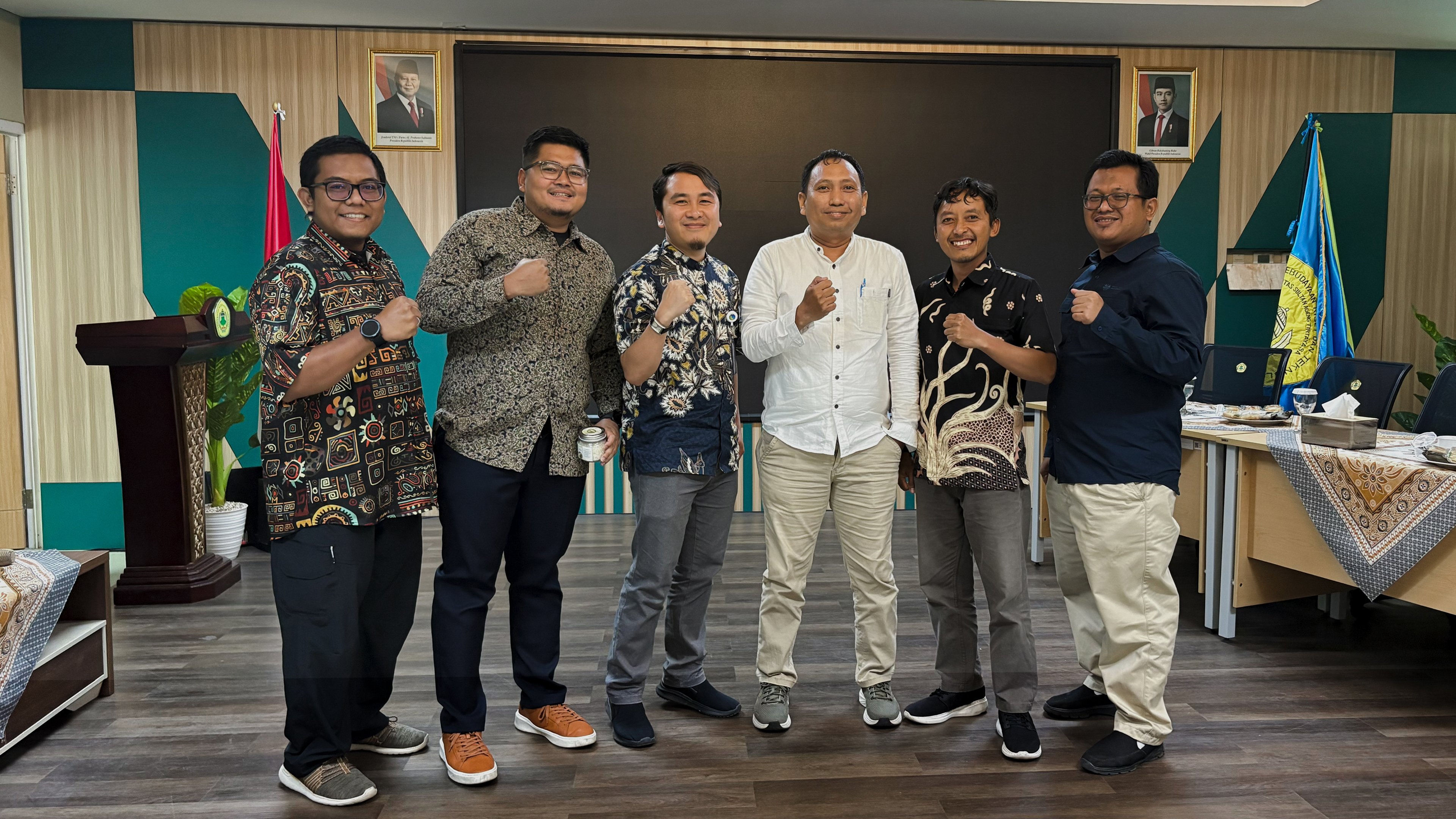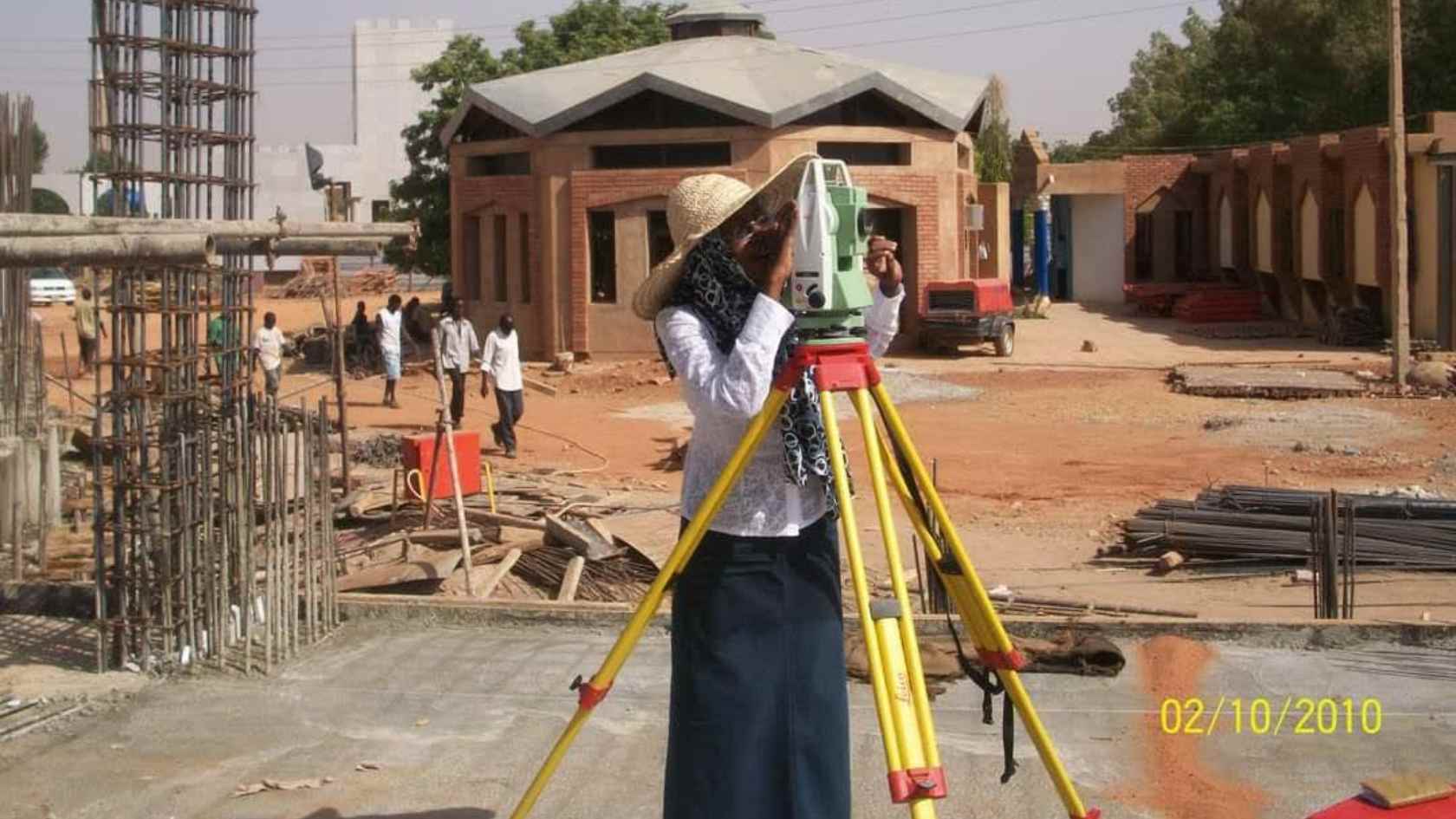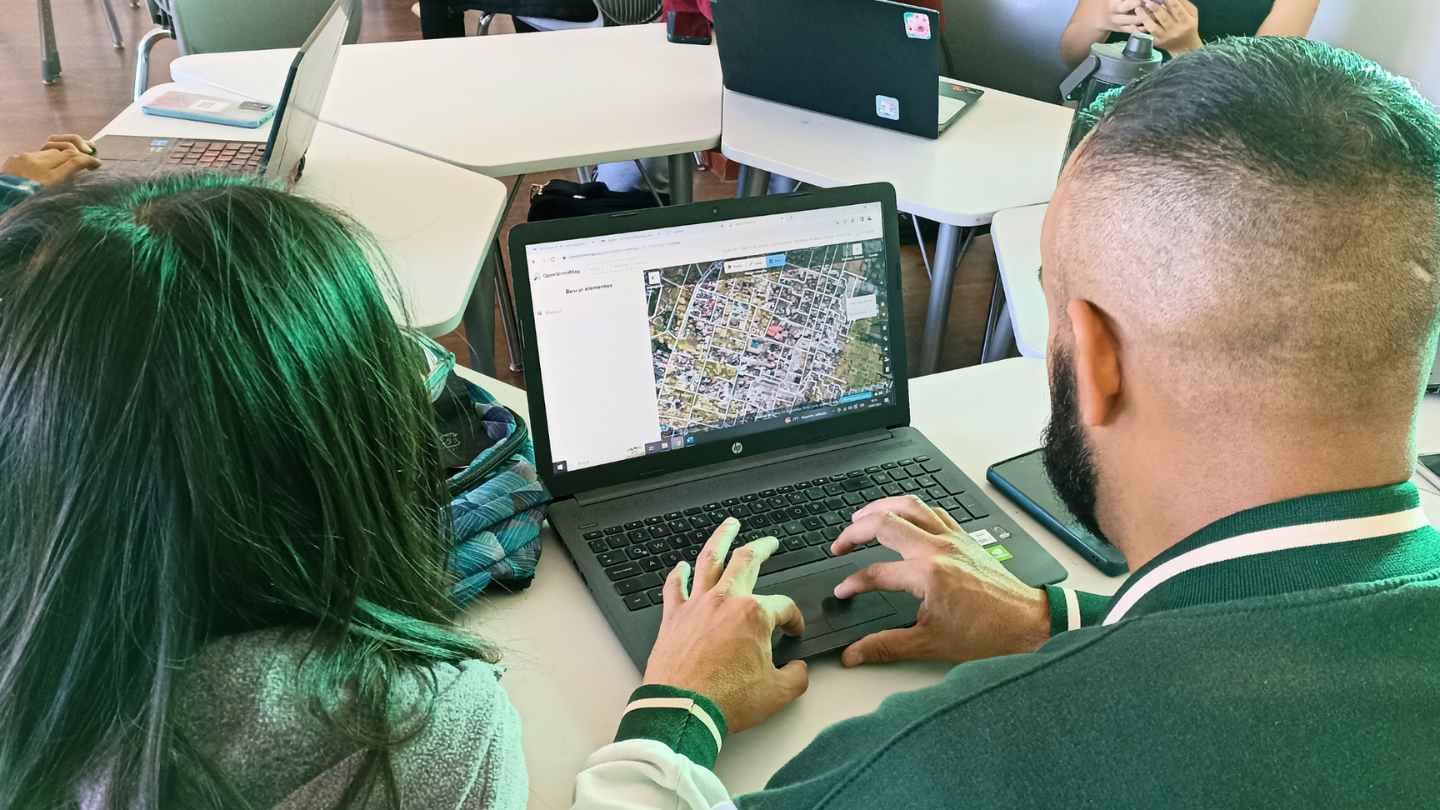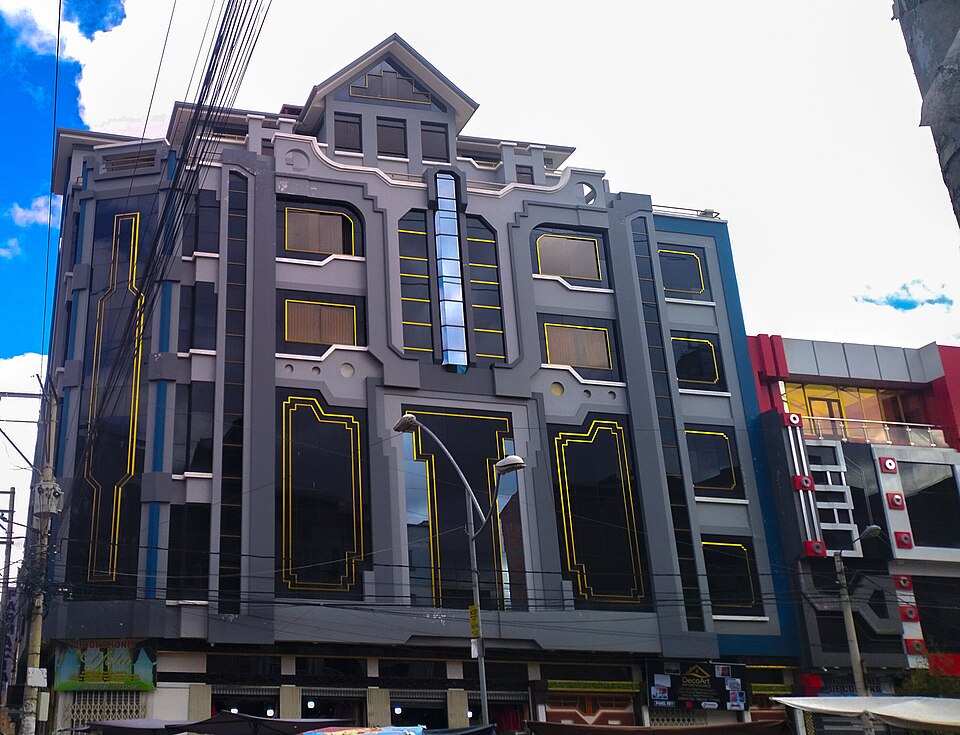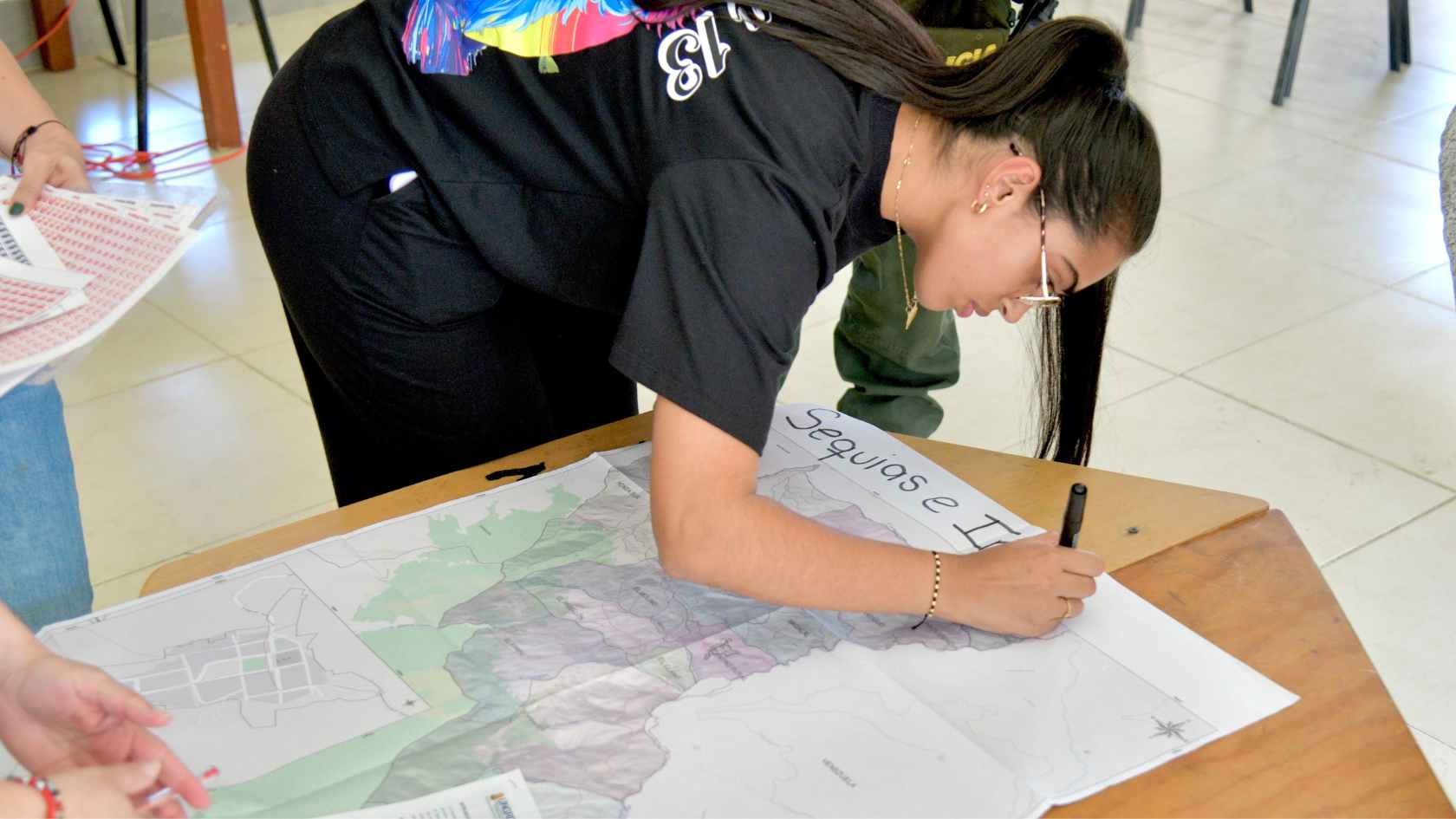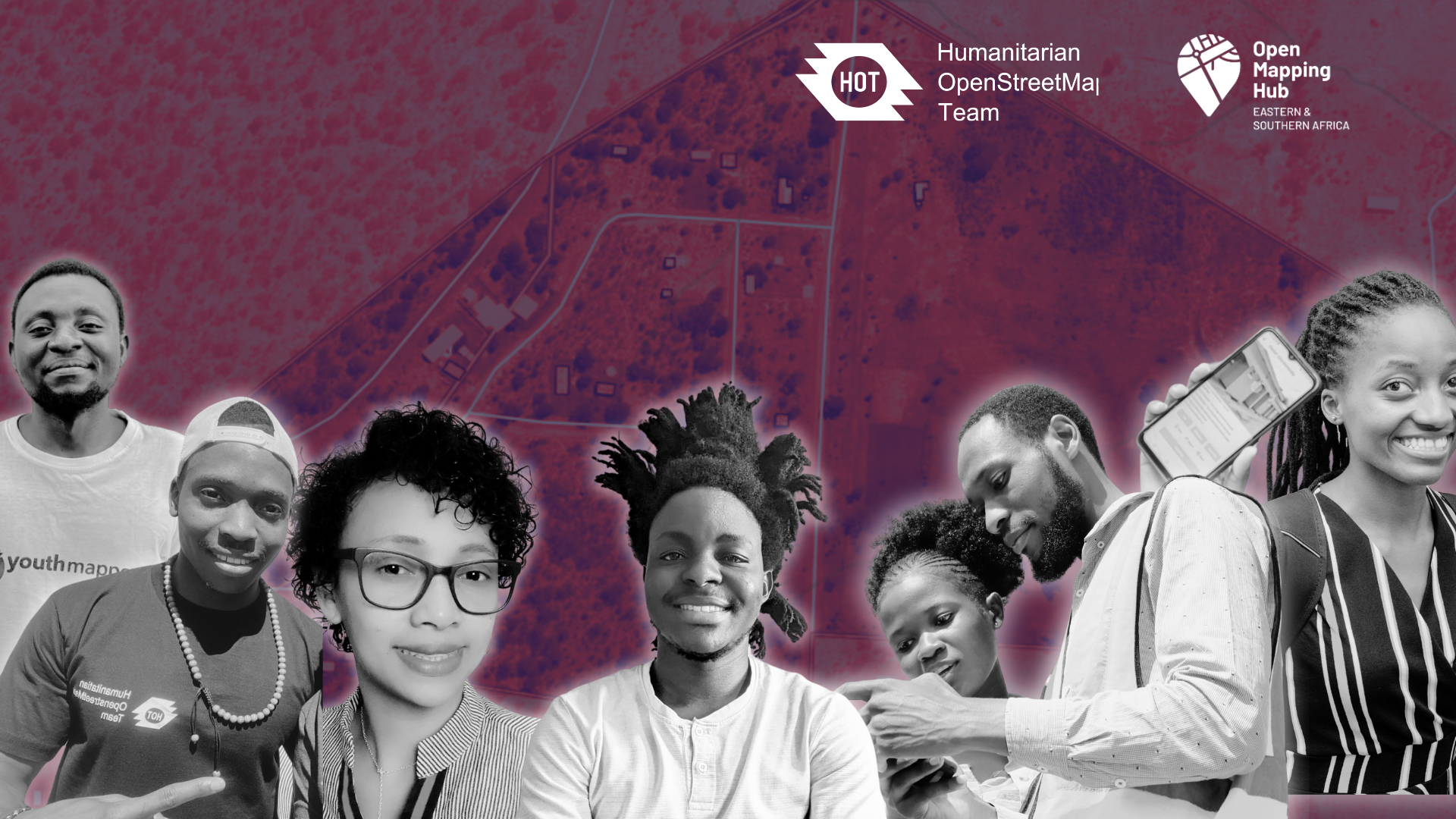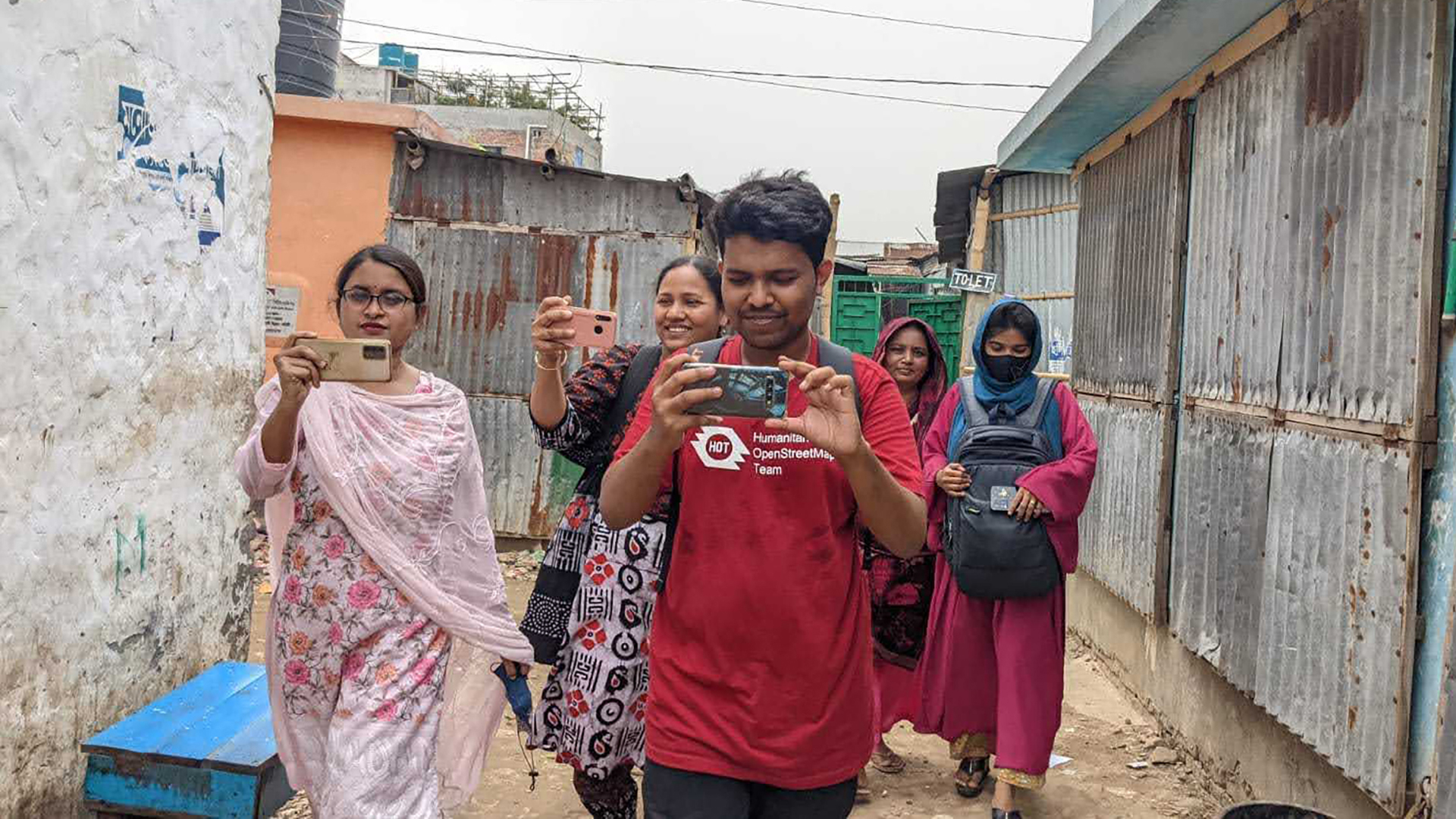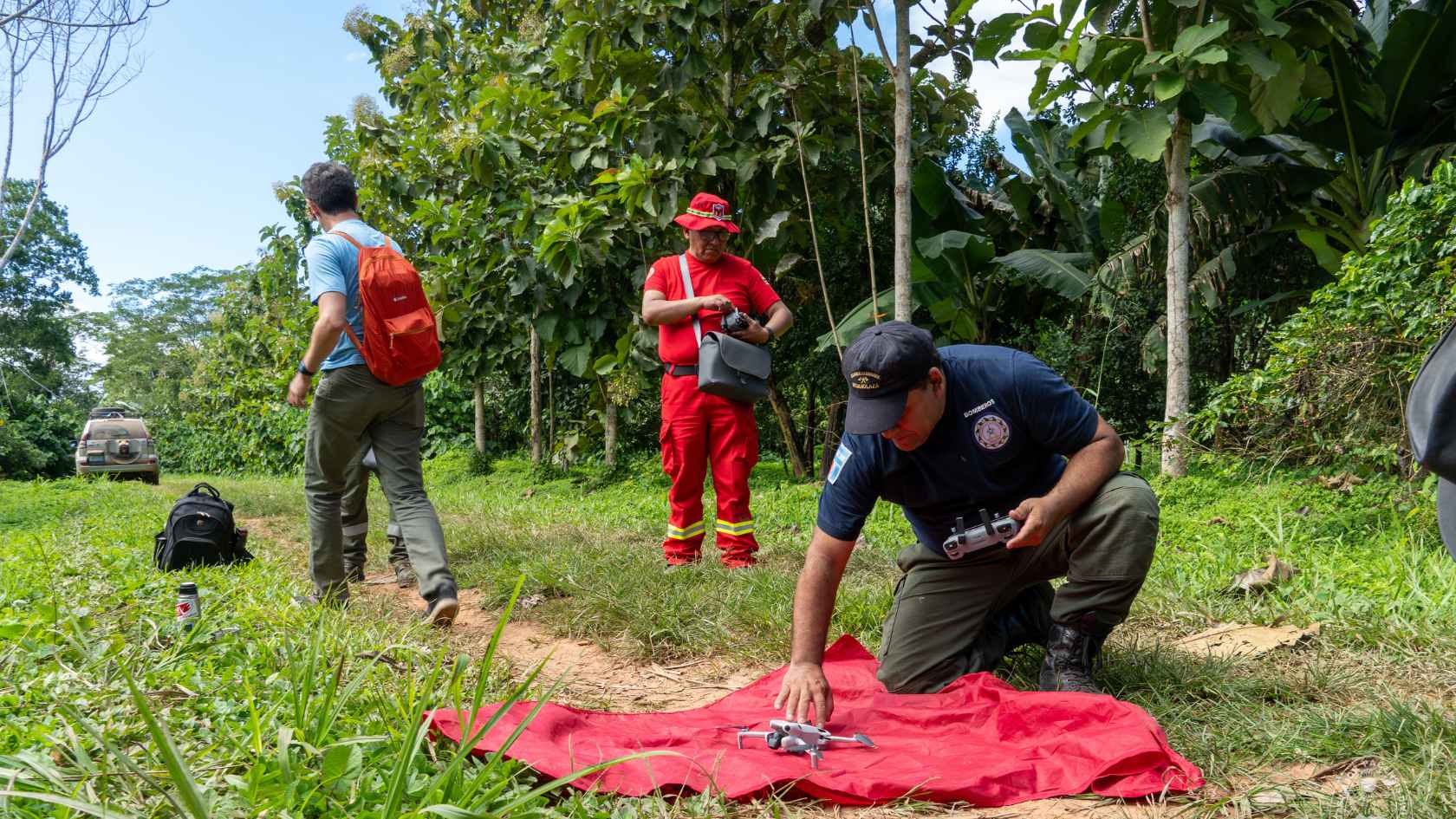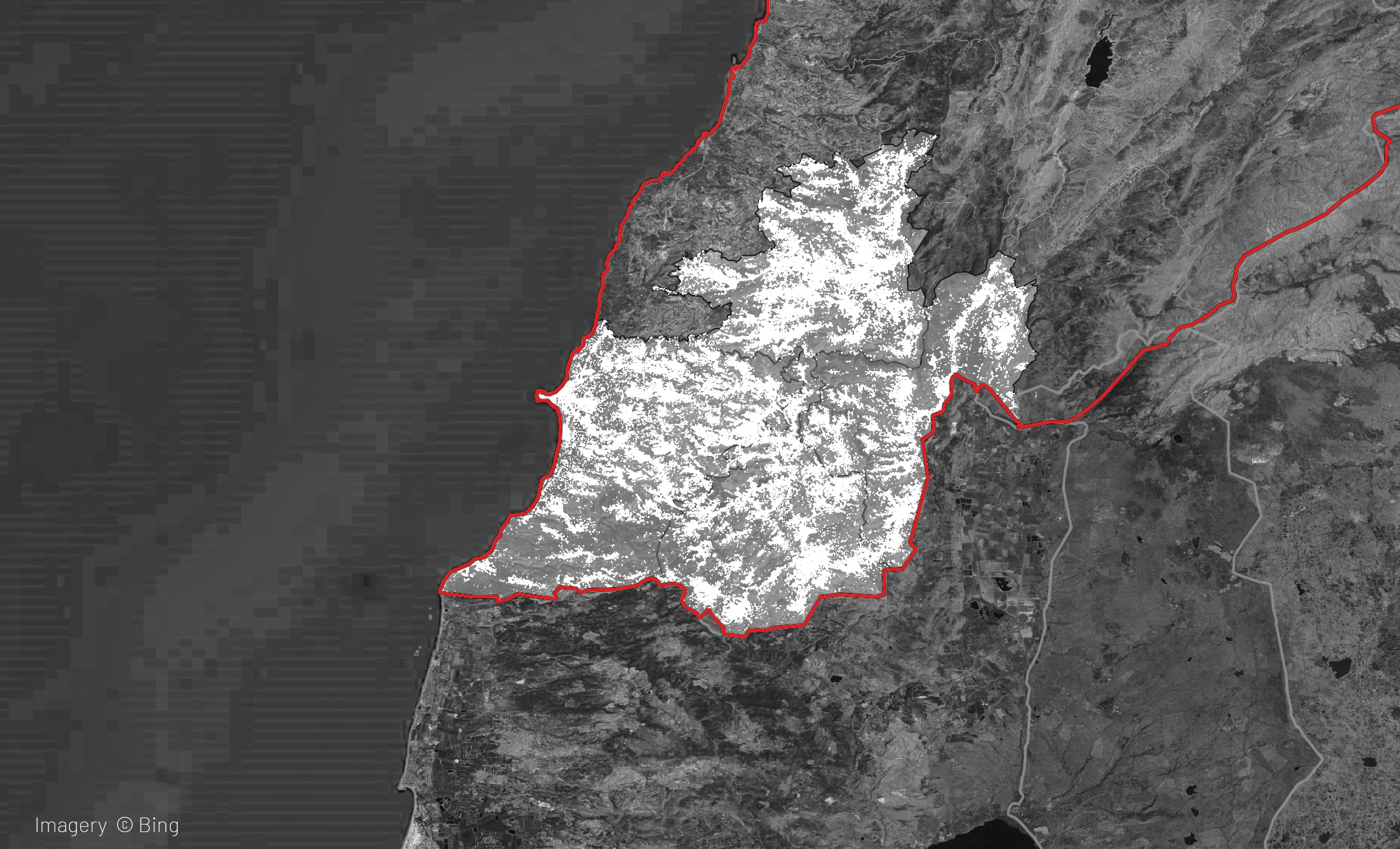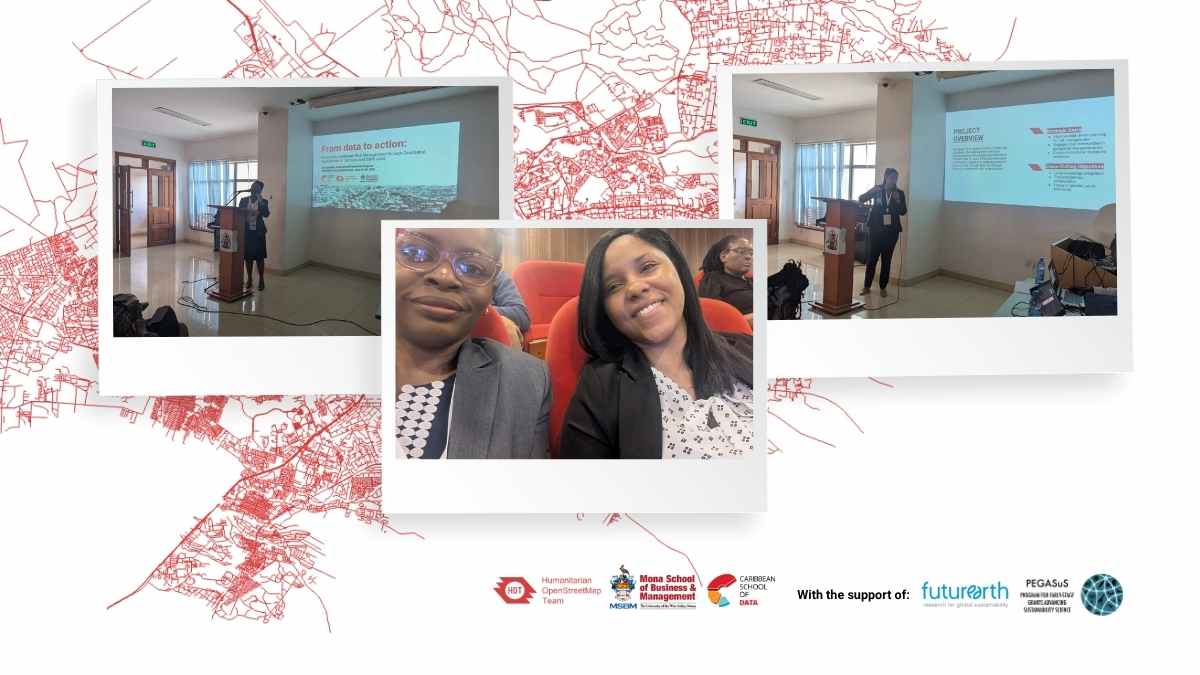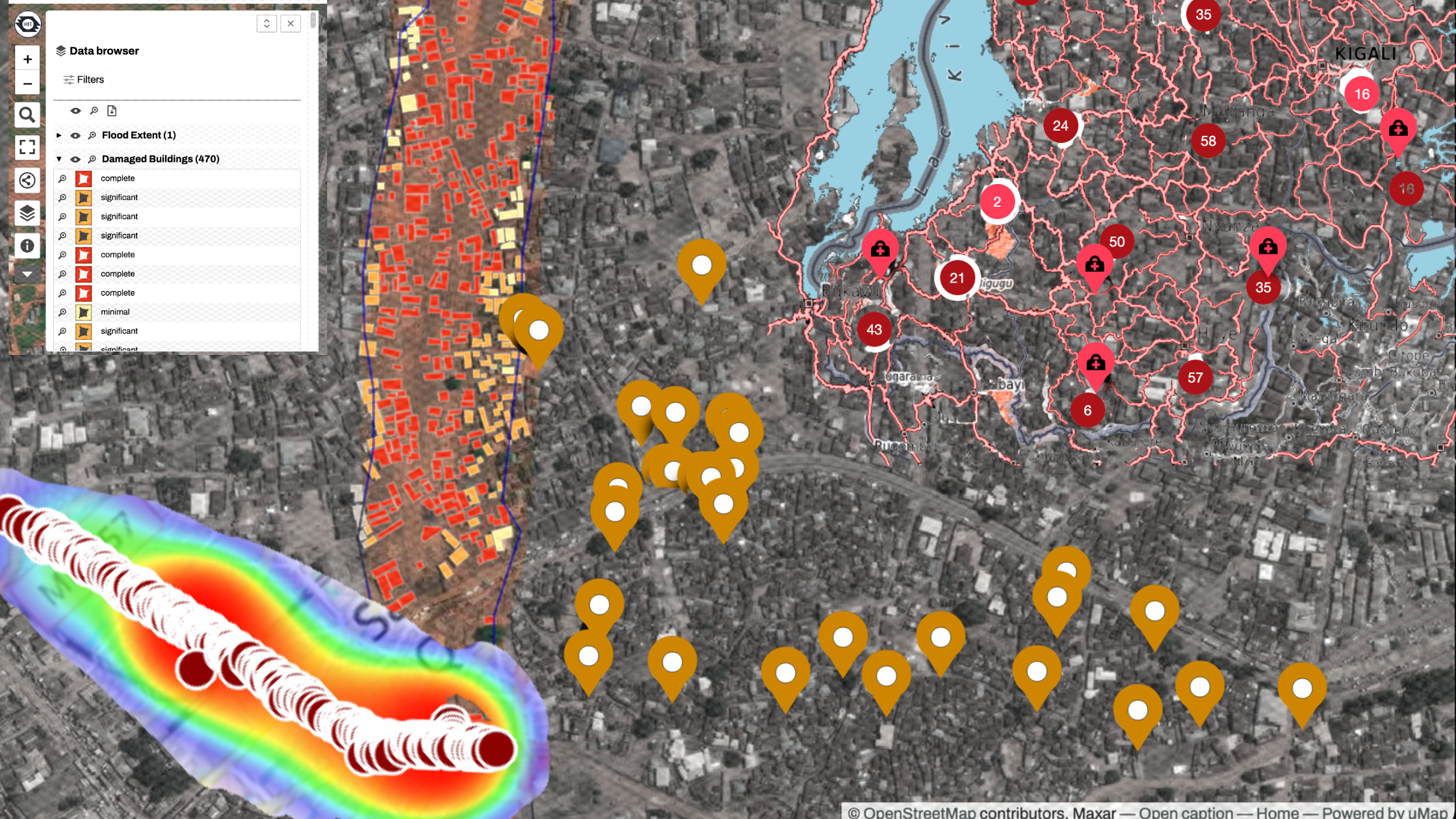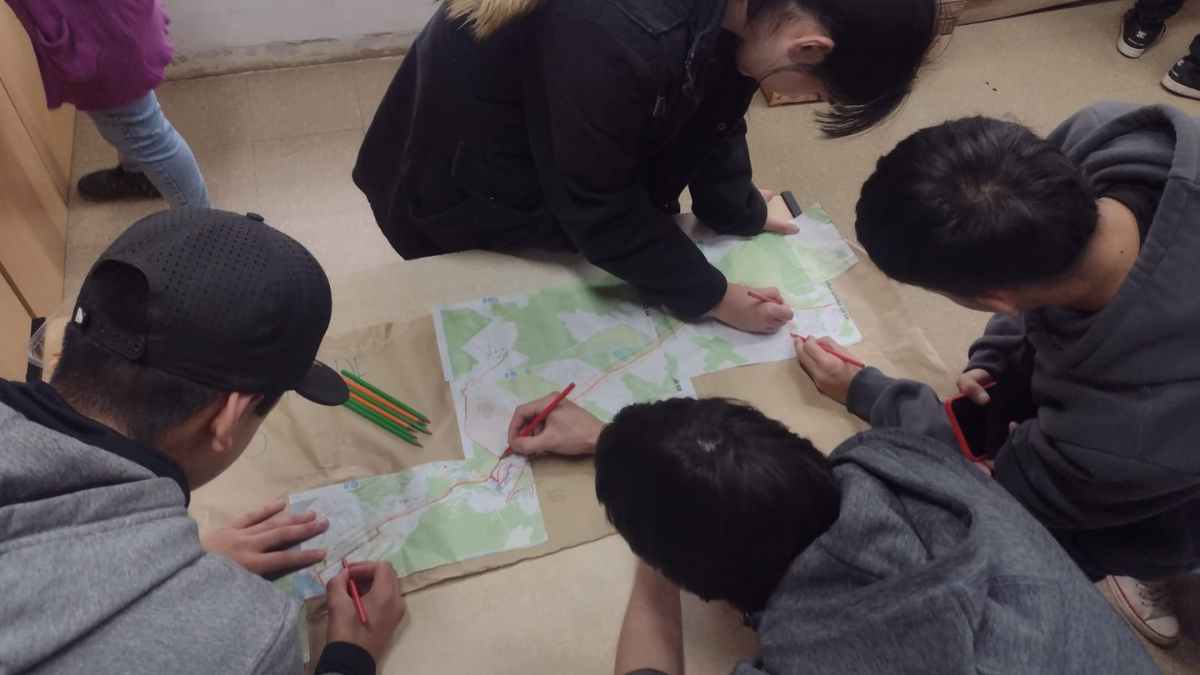News
Mapatón Nacional de Colombia 2025: Juventudes y datos abiertos para anticipar riesgos
El Mapatón Nacional de Colombia 2025, segunda edición de esta iniciativa, demostró cómo la colaboración entre instituciones, comunidades y juventudes puede transformar la gestión del riesgo.
Data Gaps in Myanmar’s 2025 Earthquake Response: Demonstrating the Urgent Need for an Open Mapping Approach
Since the devastating earthquakes on 28 March 2025 in Central Myanmar, many international and local humanitarian actors, including the Humanitarian OpenStreetMap Team (HOT), have been actively supporting the disaster response and recovery. Explore how HOT is working with mappers to address local data challenges.
Staff Spotlight Series: Bernard Heng
Every other month, we’re featuring one of our all-star staff members. Staff featured in this Spotlight Series have been peer-nominated for their superb performance and values-driven work. This time, we spotlight Bernard Heng, Program Specialist at Asia-Pacific Hub.
Mapping from Exile: Nisreen Mahmoud’s Journey to Support Sudan’s Recovery through Community and Open Data
GIS expert Nisreen Mahmoud uses open mapping to support Sudan’s recovery from exile, empowering communities through data, trust, and resilience.
Mapatón Nacional de México 2025: cerrando vacíos cartográficos contra el cambio climático
El Mapatón Nacional de México es una acción colaborativa para cerrar vacíos cartográficos en municipios prioritarios ante la crisis climática.
Mapeo de Cholets, o cómo crear una comunidad mapeadora en El Alto, Bolivia
Explora cómo el mapeo de cholets en El Alto unió comunidad, cultura y datos abiertos, a través de ChatMap, para visibilizar una identidad urbana única.
National Mapathon of Colombia 2025: Youth and Open Data to Anticipate Risks
The 2025 National Mapathon of Colombia, the second edition of this initiative, demonstrated how collaboration between institutions, communities, and youth can transform risk management.
Mapping Mental Health Services in Kenya for International Youth Day 2025
In celebration of International Youth Day 2025 under the theme 'Youth Advancing Multilateral Cooperation Through Technology and Partnerships', we would like the youth contributors in Kenya to lead a community mapping initiative focused on youth-friendly mental health services.
Mapping Cholets, or how to build a mapping community in El Alto, Bolivia
Explore how mapping cholets in El Alto brought together community, culture, and open data—using ChatMap, to showcase a unique urban identity.
Mapping for Equity: Voices from Dhaka’s Informal Settlements
Discover how community-led open mapping is transforming lives in Dhaka’s informal settlements. Brazil Singh shares powerful insights from the Dhaka Thrive Project, where data becomes a tool for justice, resilience, and local enhancement.
En la primera línea de la crisis climática: un viaje a la Amazonía Boliviana
En Sapecho, Bolivia, comunidades indígenas, guardaparques y bomberos se unen en un taller de mapeo abierto para prevenir incendios y gestionar el territorio con tecnología humanitaria.
OSM Building Dataset Complete for Conflict Affected Districts in Southern Lebanon
Accurate building footprints are needed to identify the impact of conflict on affected communities. After a dedicated volunteer effort, OSM building footprints are now the leading data source in the southern Lebanon districts of Sour, Bint Jbeil, Marjayoun, and El Nabatieh.
Building Bridges from Data to Action: HOT-CSOD at SRI2025 Africa Satellite Event
HOT and CSOD showcase their Pegasus project at SRI2025, connecting Caribbean resilience and open data with global sustainability innovation.
Scaling HOT's uMap: Exciting Updates for Humanitarian Geospatial Data Visualization and Use
In this post, Emilio Mariscal, HOT's Software Engineering Manager, explores why and how we are expanding HOT's uMap to improve geospatial data visualization and use for humanitarian and community development purposes.
Concurso MapEdu: trazando aprendizajes desde el territorio
Conoce MapEdu a través de los proyectos ganadores de 2024 y entérate cómo docentes y estudiantes de 10 a 18 años pueden transformar su territorio en la segunda edición del Concurso MapEdu 2025.


